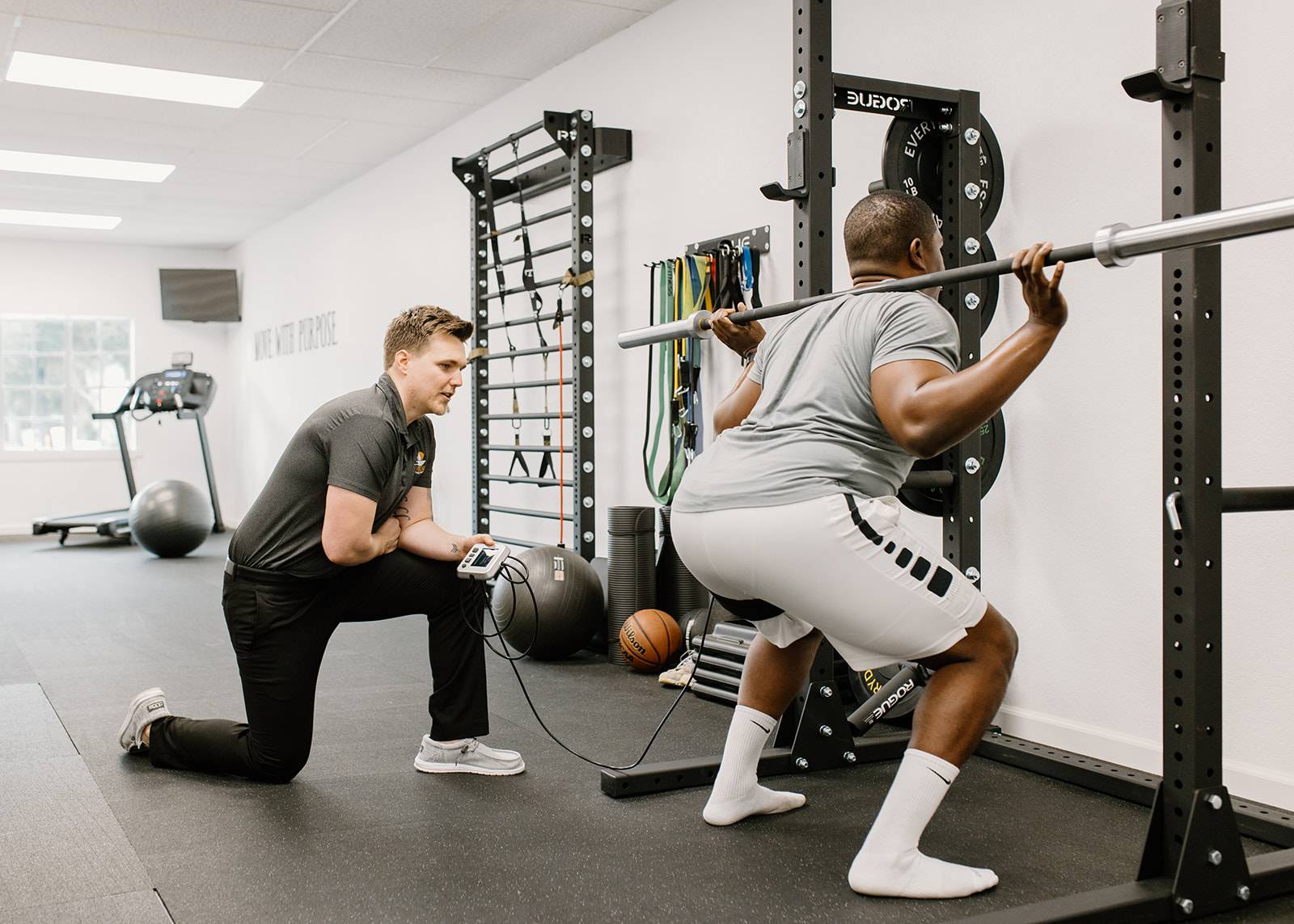While running is a great way to improve cardiovascular fitness, it is important for running athletes to add other types of training into their schedule to improve their overall performance.
Engaging in a variety of exercises helps to work for different muscle groups and can prevent pain or injuries that can occur when you repeatedly perform the same type of exercise. This is particularly important for runners due to the repetitive nature of the sport as well as other endurance athletes such as swimmers or cyclists.
Incorporating strength training and mobility exercises into your routine can help to improve overall fitness and performance. Strength training can increase muscle mass and bone density, as well as improve balance and coordination, while mobility exercises can help to prevent injuries, provide pain relief, and improve range of motion.
When designing a strength training program, it is important to consider the principles of overload, specificity, and progression. Overload refers to the need to progressively increase the resistance or load placed on the muscles to promote adaptation and growth. Specificity refers to the need to target specific muscle groups or movements that are relevant to your goals or activities. Progression refers to the need to gradually increase the intensity, volume, or frequency of your workouts over time to continue making progress.
While lower body strength training is important for runners to improve running performance, it is also important to incorporate exercises that target the upper body and core.
- Upper body strength is important for maintaining proper posture, arm swing, and balance while running. Having a strong upper body can help to prevent fatigue and maintain form during longer runs.
- Core muscles, including the abdominals and lower back, are crucial for maintaining stability and balance. Proper lumbar and thoracic mobility is also needed to allow for natural trunk rotation while running.
Cross-training, or incorporating different types of exercises into your routine, can help prevent boredom and keep your workouts challenging. This variety can help to maintain motivation and consistency, which is essential for achieving fitness goals. Some examples of cross-training workouts that runners could participate in that would carry over to their running performance would include: swimming, cycling, Pilates, yoga, and many more.
While running is a great form of exercise, athletes should incorporate other types of exercise into their routine to prevent injury, improve overall fitness and performance, and maintain motivation and consistency.
Our team of physical therapists at Purpose Physical Therapy can help guide you in the right direction to incorporate these different forms of exercise into your training regimen. We’ll work with you to develop a personalized treatment plan that addresses your specific needs and goals. Contact us now to get started on your journey to better health and pain-free living.


